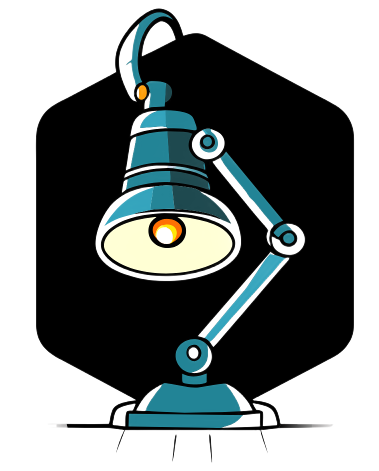To check the macOS version and build number on your Mac, follow these steps:
- Click on the Apple () menu in the top-left corner of the screen.
- Select "About This Mac" from the dropdown menu.
- The name of your macOS, such as macOS Monterey or macOS Big Sur, will be displayed along with the version number.
- Click on the version number to see the build number.
If your Mac is not receiving the latest firmware, you can try updating it in Safe Mode for the first time. The diagnostic mode of Safe Mode is available in both Mac and Windows operating systems.
You can also check if your Mac can receive an update by accessing the "Apple" menu and selecting "Software Update". A new window will appear where you can check for any available updates for your Mac.
To update macOS on your Mac, follow these steps:
- Access the Apple menu in the top-left corner of the screen.
- Select "System Preferences" from the dropdown menu.
- Click on "Software Update" in the System Preferences window.
- Select "Update Now".
If you want to know if your Mac is compatible with macOS Monterey, click here. Here is a list of Mac computers that support Monterey:
- iMac Late 2015 and later
- Mac Pro Late 2013 and later
- iMac Pro 2017 and later
- Mac mini Late 2014 and later
- Early MacBook Air 2015 and later
- Early MacBook 2016 and later
- Early MacBook Pro 2015
The following Mac computers support macOS High Sierra:
- MacBook (Late 2009 or later)
- MacBook Pro (Mid 2010 or later)
- MacBook Air (Mid 2010 or later)
- Mac mini (Mid 2010 or later)
- iMac (Late 2009 or later)
- Mac Pro
If a product has been discontinued more than seven years ago, it is considered obsolete. Based on macOS compatibility, we can see that Macs are generally compatible with the latest macOS version for about seven years. Each macOS version is typically supported by Apple for a period of three years.
To update macOS High Sierra 10.13.6, you can get the update by selecting the "Updates" section in the Mac App Store. The combined update file, which can be used on any Mac with any version of macOS 10.13.x, can be downloaded here.
The current version of the macOS operating system is macOS Monterey 12.3.1. The kernel used is XNU, which is a hybrid of Mach and FreeBSD. Supported platforms include PowerPC (up to Leopard), EM64T (only for Snow Leopard), X86-64 (from Tiger), and AArch64 (from Big Sur).
To start the installation of macOS 11 from the App Store, follow these steps:
- To access the Mac App Store on a compatible Mac, you need to first download macOS 11 Big Sur.
- Once the file has been downloaded, do not install it. Instead, let it download and close the installer program.
